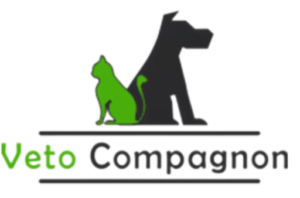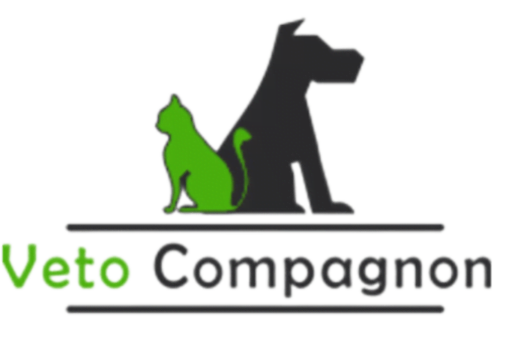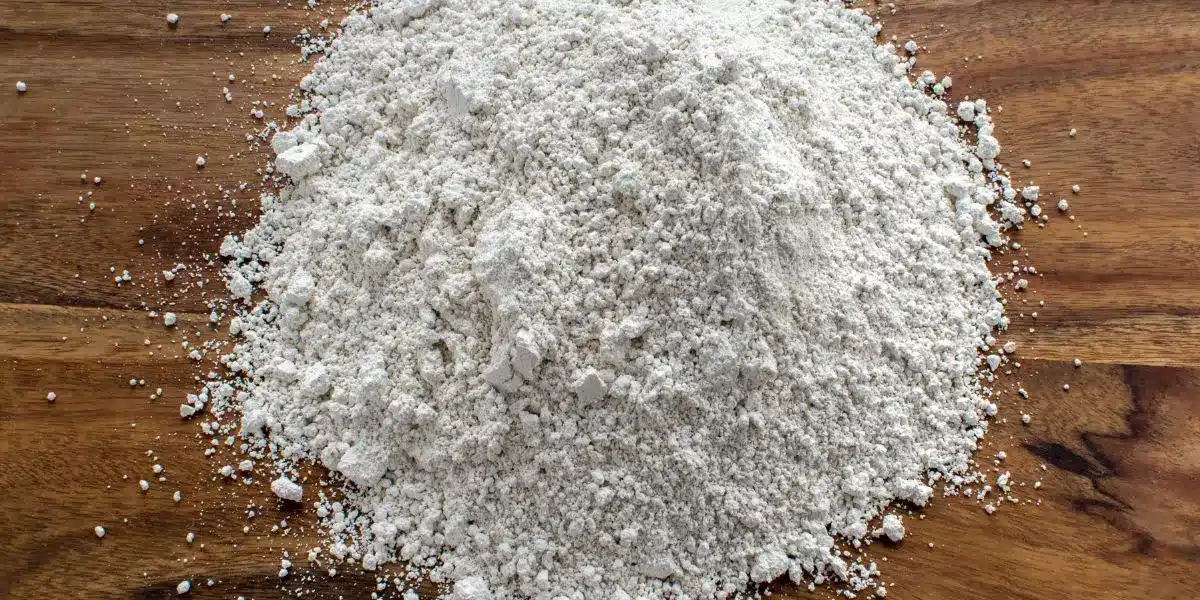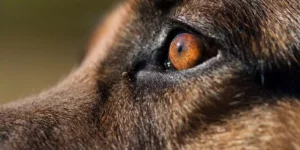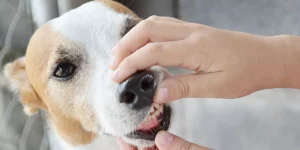What is diatom earth?
Diatom earth (or kieselguhr) is a very light sedimentary rock composed of fossilized siliceous skeletons of tiny unicellular algae called diatoms.
Structure composition : Diatom soil is about 80-90% silicon dioxide (SiO2), giving it absorbent properties. Its structure is very porous due to the arrangement of the frustrated (shell) diatoms.
Origin : It comes from marine or lake deposits dating back several million years. Over time, diatoms are fossilized and accumulate at the bottom of the water to form deposits.
Uses : Thanks to its high absorption capacity, it is used as a filtering, clarifying or mineral charge in industry. It also forms part of certain insecticides, dynamites or toothpastes. In agriculture, it serves as anti-agglomeration and drying.
Names : It is also called fossil flour, tripoli or kieselgur.
In summary, it is a light rock with various applications from the accumulation of prehistoric marine micro-organisms.
What are the benefits of diatom earth for dogs and cats?
- Fight against fleas and ticks : Its abrasive and drying structure destroys the protective cuticle of external parasites such as fleas and ticks, resulting in their death.
- Natural vermifuge : It is also effective in eliminating certain intestinal worms. Its mechanical action on the cuticle of worms helps to remove them from the organism.
- Absorption of odours : Used in litter, it absorbs the bad smells of urine and feces. Its strong drying power prevents the proliferation of bacteria responsible for odours.
- Skin care : It can relieve skin problems such as itching, eczema or acne by drying the lesions.
- Joint well-being : Some owners give diatom soil to their aging animal to maintain the flexibility of its joints. However, its effectiveness is not scientifically proven in this area.
Administration:
Oral use: You can mix it directly into the croquettes or wet food of the cat or dog. Always make sure that he ingests all of his meal after addition.
Sprinkling: To fight against fleas, you can distribute small amounts in animal peel by insisting on the neck, belly and lumbar region. Repeat the operation every 3-4 days.
At the resting places: Sprinkle some powder in some strategic places, such as the basket, cushion or carpet where your companion usually sleeps.
Cautions: Avoid contact with the eyes and mucous membranes of the animal. Also make sure that cats and dogs do not lick too much to avoid any risk of inhalation.
Dosage:
The recommended doses for the use of diatom soil for internal and external use in dogs and cats are as follows:
Internal use :
– Small dogs (< 10 kg): 1/2 teaspoon per day
– Medium sized dogs (10 – 25 kg): 1 teaspoon a day
– Big dogs (> 25 kg): 1-2 teaspoons a day
– Cats : 1/4 to 1/2 teaspoon per day
Always mix the dose with the animal's food to facilitate ingestion.
External use :
– Chiots and kittens: 1 teaspoon sprinkled in the coat, twice a week
– Adult dogs: 1-2 teaspoons depending on size, twice a week
– Adult cats: 1/2 teaspoon sprinkled on coat, twice a week
For pest control use, insist on the neck, under the legs and on the belly. Repeat every 3 days for 2 to 3 weeks.
$Make sure the doses do not irritate the animal's skin. A delicate brushing allows a better distribution.
Is diatom land a danger to dogs and cats?
No, diatom soil is safe for cats and dogs if used correctly. Here are some precautions to take for safe use of diatom soil:
– Choose a quality food powder, 100% made of diatom fossils, without other chemical additives.
– Respect the recommended dosages according to the weight of the animal. Excess can cause intestinal obstruction.
– Avoid contact with the eyes and mucous membranes of the animal.
– If you use by spraying on the skin against parasites, brush gently to avoid irritation of the skin.
– Ensure that the dog or cat does not lick excessively after application to prevent any risk of inhalation.
– Do not leave the powder within animal reach to prevent massive ingestion.
– Consult a veterinarian before use if your animal has respiratory or intestinal problems.
With these precautions, diatom earth can be safely used on a point-by-point basis. It is a natural alternative to chemical pest control. Its ingestion at a moderate dose is well tolerated.
What are the risks associated with overdose?
- Occlusion or constipation : An excess of diatom soil can form agglomerates and obstruct intestinal transit, causing painful occlusions and constipation. This may require urgent veterinary treatment.
- Dehydration : Diatom soil absorbs water. Too much ingestion may cause dehydration of the body by excessive fluid loss.
- Intestinal perforations : In rare cases, accumulation of very abrasive powder can damage and perforate the wall of the small intestine or colon with a risk of fatal peritonitis.
- Inhalation and respiratory failure : The main risk of excessive spraying is repeated inhalation of powder leading to irritation, inflammation or even respiratory distress.
- Eye problems : Direct contact of diatom earth with the eyes can cause corneal lesions by abrasion.
It is therefore essential to properly control the doses given to its domestic animal and take all precautions for the safe use of this natural product. In case of abnormal symptoms following exposure, consult an emergency veterinarian.
